Common Anise Diseases: How To Treat A Sick Anise Plant
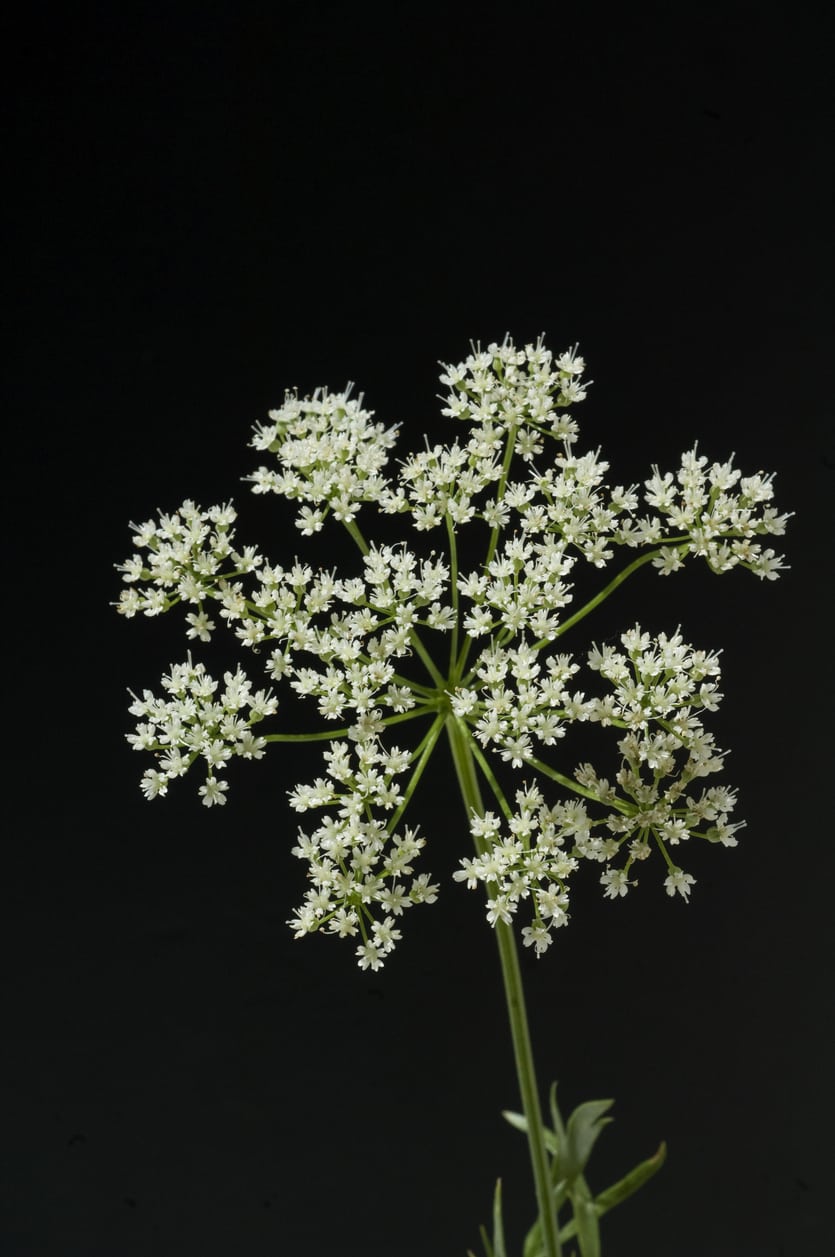
With its delicious, sweet licorice flavor, anise is a must have for many cultural and ethnic gardeners. While it is fairly easy to grow, the anise plant is not without its problems, specifically diseases of anise. Anise diseases may afflict the plant minimally or be quite severe. It’s important to recognize the symptoms in order to learn how to treat a sick anise plant before a disease progresses to the point of no return.
About Anise Plant Problems
Anise, Pimpinella anisum, is native to the Mediterranean and is cultivated for its fruit, which is used as a spice. This annual is fairly easy to grow when provided with adequately draining soil in a temperate to subtropical climate. That said, it is susceptible to several anise diseases. Anise is an herbaceous annual from the family Umbelliferae. It can grow up to 2 feet (61 cm.) in height. It is primarily used in sweet confections but also features prominently in national drinks such as Greece’s ouzo, Italy’s sambuca, and France’s absinthe.
What’s Wrong with My Anise?
Diseases of anise are commonly fungal in nature. Alternaria blight is one such fungal disease that causes small concentric ringed spots that are yellow, brown, or black spots on foliage. As the disease progresses, leaves often are left with a hole where the lesion has dropped out. This disease is transmitted via infected seed and poor air circulation facilitates its spread. Downy mildew is caused by the fungus Peronospora umbellifarum. Here again, yellow spotting appears on the foliage but, unlike alternaria blight, has a white fluffy growth that is visible on the undersides of the leaves. As the disease progresses, the spots darken in color. This anise plant problem primarily affects the new tender leaves and is fostered by prolonged wet foliage. Powdery mildew is caused by the fungus Erisyphe heraclei and results in a powdery growth on the leaves, petioles, and blossoms. The leaves become chlorotic and if the disease is allowed to progress, flowers become distorted in shape. It is spread on the wind and favored by conditions of high humidity combined with warm temperatures. Rust is yet another fungal disease that results in light green lesions on foliage that become chlorotic. As the disease progresses, yellow-orange abscesses appear on the underside of the leaves, stems well, bend and distort, and the entire plant is stunted. Again, this disease is favored by high humidity.
How to Treat a Sick Anise Plant
If you have diagnosed your plant with a fungal disease, apply an appropriate systemic fungicide in the manner which the manufacturer recommends. A systemic fungicide will help plants ailing with most fungal diseases with the exception of alternaria blight. Always plant disease free seed when possible. Otherwise, treat seeds with hot water prior to planting. Remove and destroy any plants infected with alternaria blight. Remove and destroy any plant debris from the soil that may be infected with the fungi. For other fungal diseases, avoid overcrowding plants, rotate with crops that are not in the Umbelliferae family (parsley), plant in well-draining soil, and water at the base of the plants.
Gardening tips, videos, info and more delivered right to your inbox!
Sign up for the Gardening Know How newsletter today and receive a free copy of our e-book "How to Grow Delicious Tomatoes".

Amy Grant has been gardening for 30 years and writing for 15. A professional chef and caterer, Amy's area of expertise is culinary gardening.
-
 Looking For Plants To Give You The Soft And Fuzzies? Try These 5 Fuzzy Leaf Plant Options
Looking For Plants To Give You The Soft And Fuzzies? Try These 5 Fuzzy Leaf Plant OptionsLovers of texture, drama, silver foliage and tactile plants will adore these special sensory garden additions. These fuzzy leaf plant options will leave you all aglow
By Susan Albert
-
 Get Ready For A Summer Of Hummers! Grow These Full Sun Hummingbird Plants and Flowers
Get Ready For A Summer Of Hummers! Grow These Full Sun Hummingbird Plants and FlowersIf you’re lucky enough to enjoy a sunny backyard, make sure you are maxing out on your pollinator opportunities and grow these full sun hummingbird plants and flowers
By Tonya Barnett
-
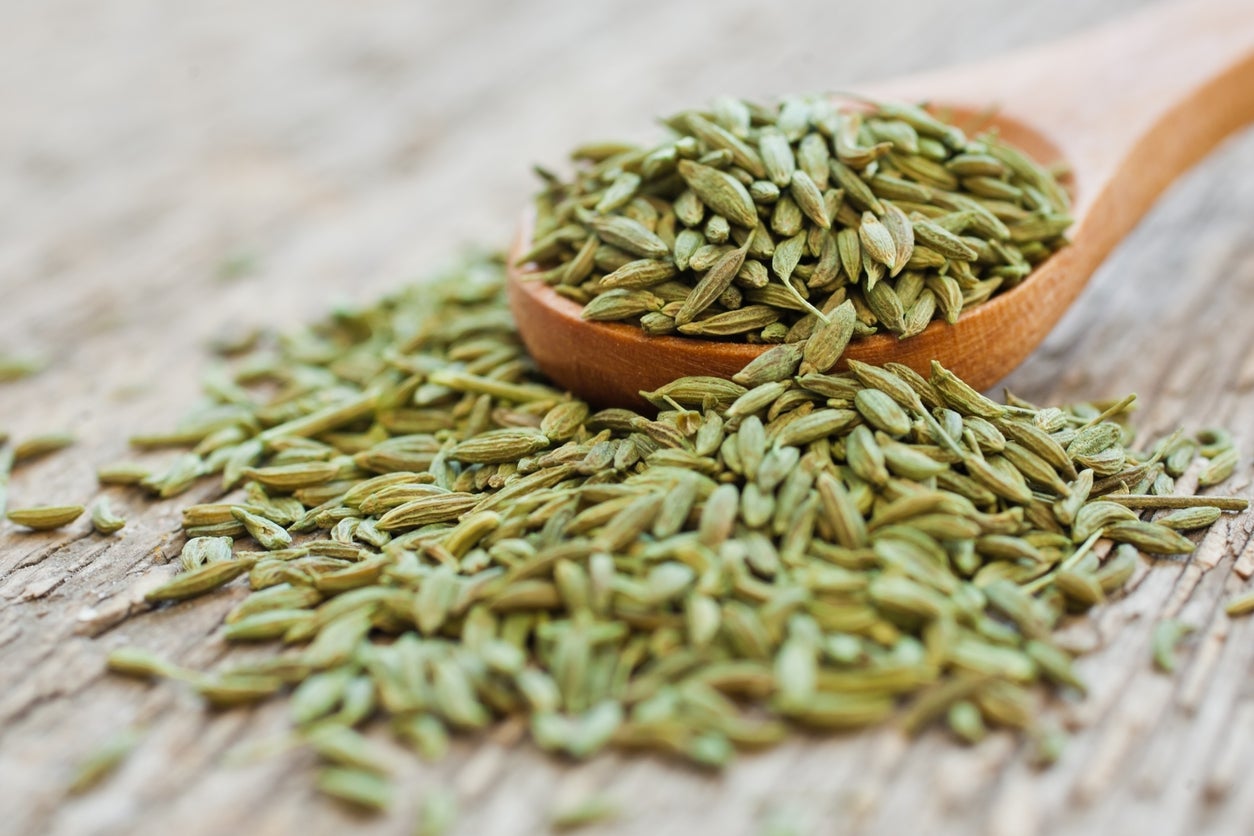 Harvesting Anise Seed – When And How To Pick Anise Seeds
Harvesting Anise Seed – When And How To Pick Anise SeedsIf you’re someone who loves anise, there’s nothing easier or more rewarding than growing and saving your own anise seeds to use year round. Click this article to learn more about how to pick anise seeds and preserve them so you can use and enjoy the spice year after year.
By Liz Baessler
-
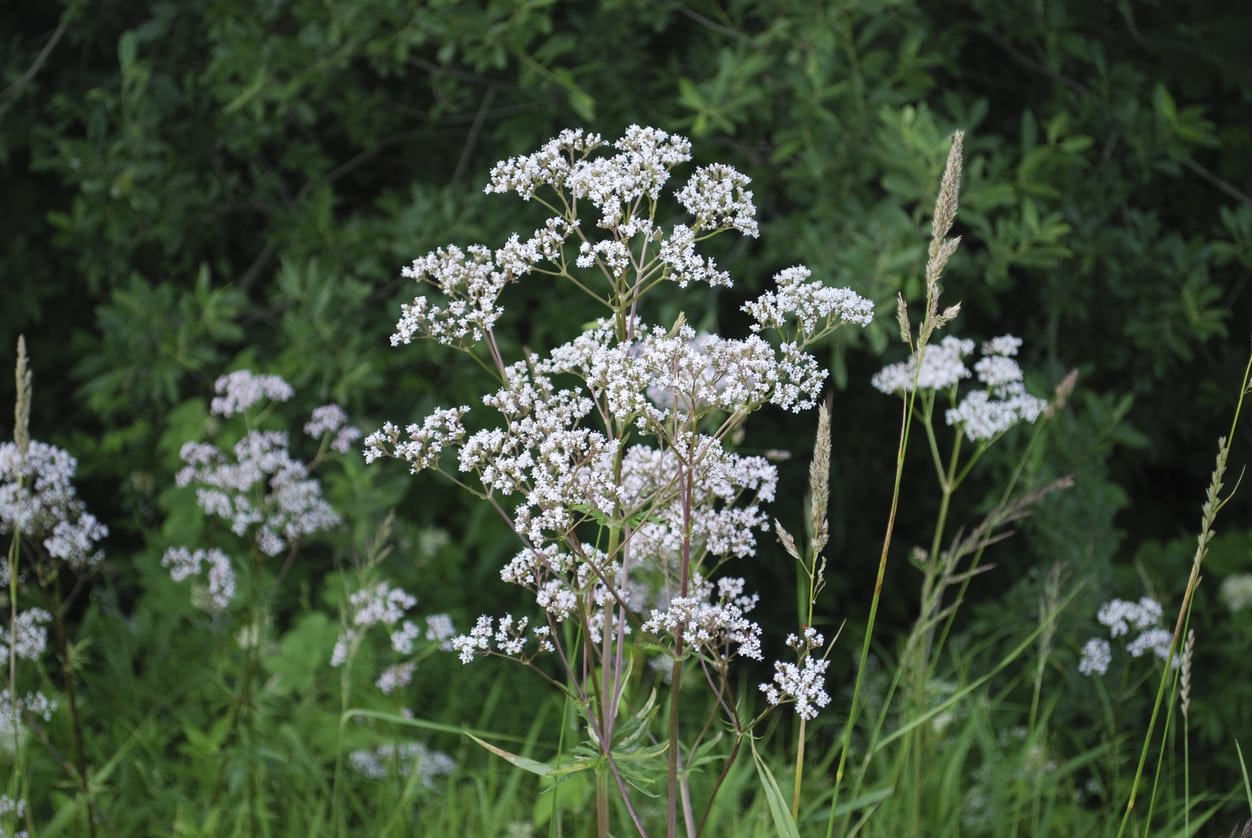 Container Grown Anise Seed: How To Care For Anise In A Pot
Container Grown Anise Seed: How To Care For Anise In A PotAnise, sometimes called aniseed, is a powerfully flavored and scented herb that is most popular for its culinary properties. Like all culinary herbs, anise is very useful to have on hand near the kitchen, especially in a container. But can you grow anise in a pot? Find out here.
By Liz Baessler
-
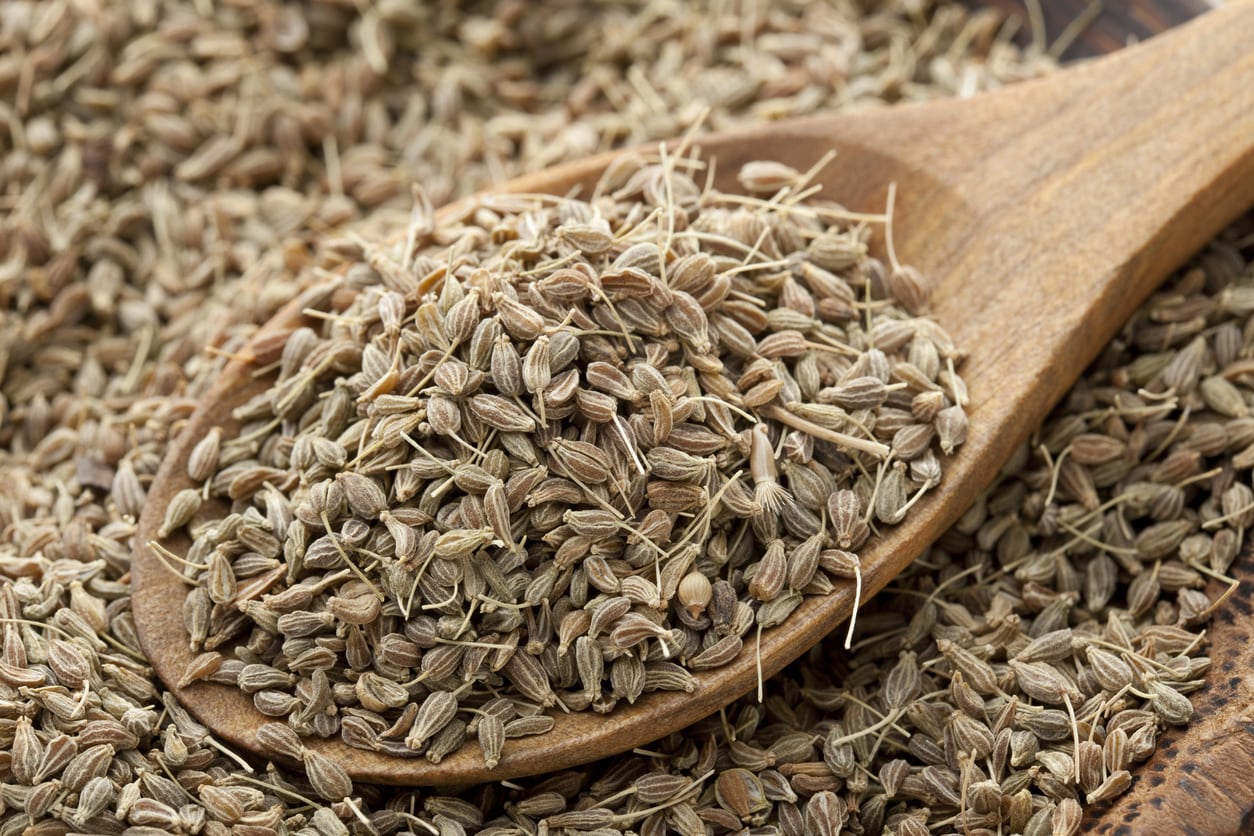 Anise Vs. Star Anise – Are Star Anise And Anise Plants The Same
Anise Vs. Star Anise – Are Star Anise And Anise Plants The SameLooking for a slightly licorice-like flavor? Star anise or anise seed provide a similar flavor in recipes but are actually two very different plants. A description of their differences will reveal unique origins and how to use these interesting spices. Click here for more info.
By Bonnie L. Grant
-
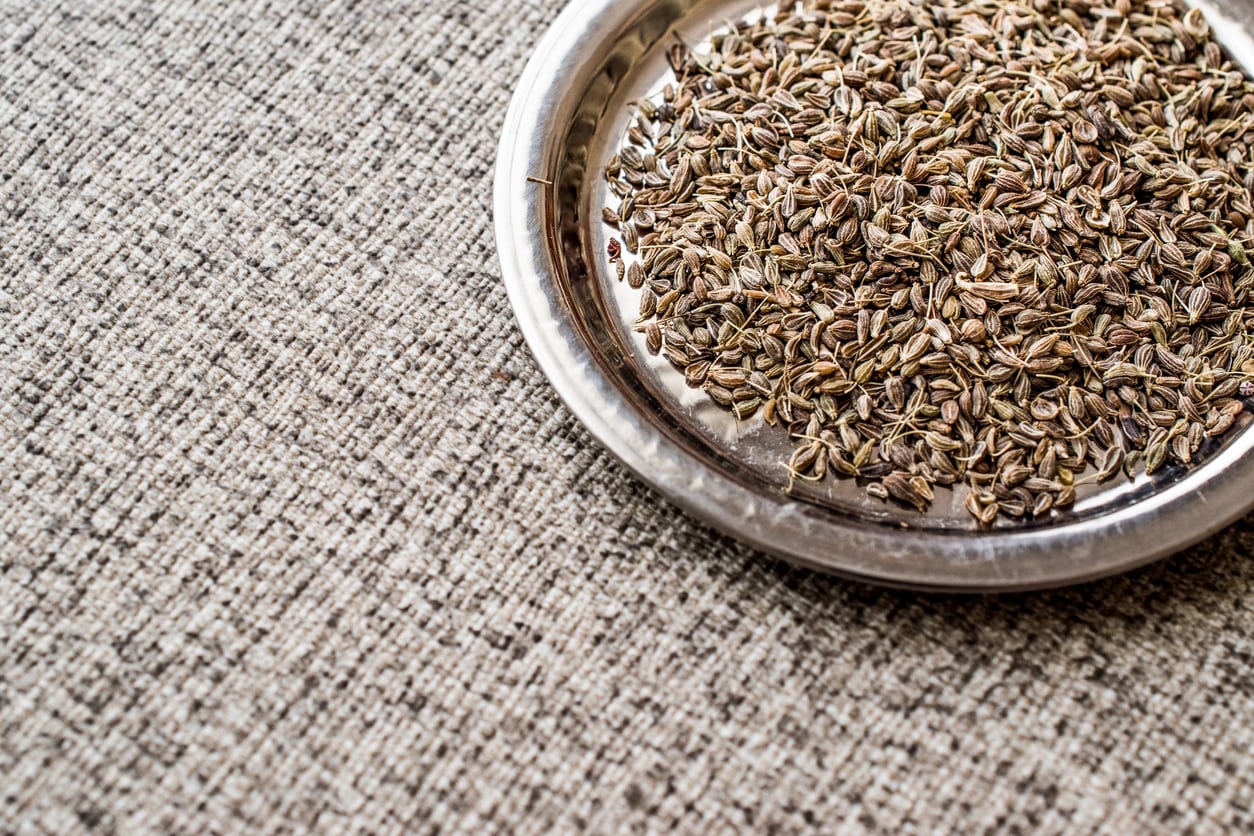 Aniseed As A Spice – Learn How To Use Anise Plants
Aniseed As A Spice – Learn How To Use Anise PlantsAnise is a popular culinary herb easy to grow by seed, but the question is, what to do with aniseed once it’s harvested? How do you use aniseed as a spice, and how about cooking with anise? Click here to learn a few of the many ways of using anise plants.
By Mary H. Dyer
-
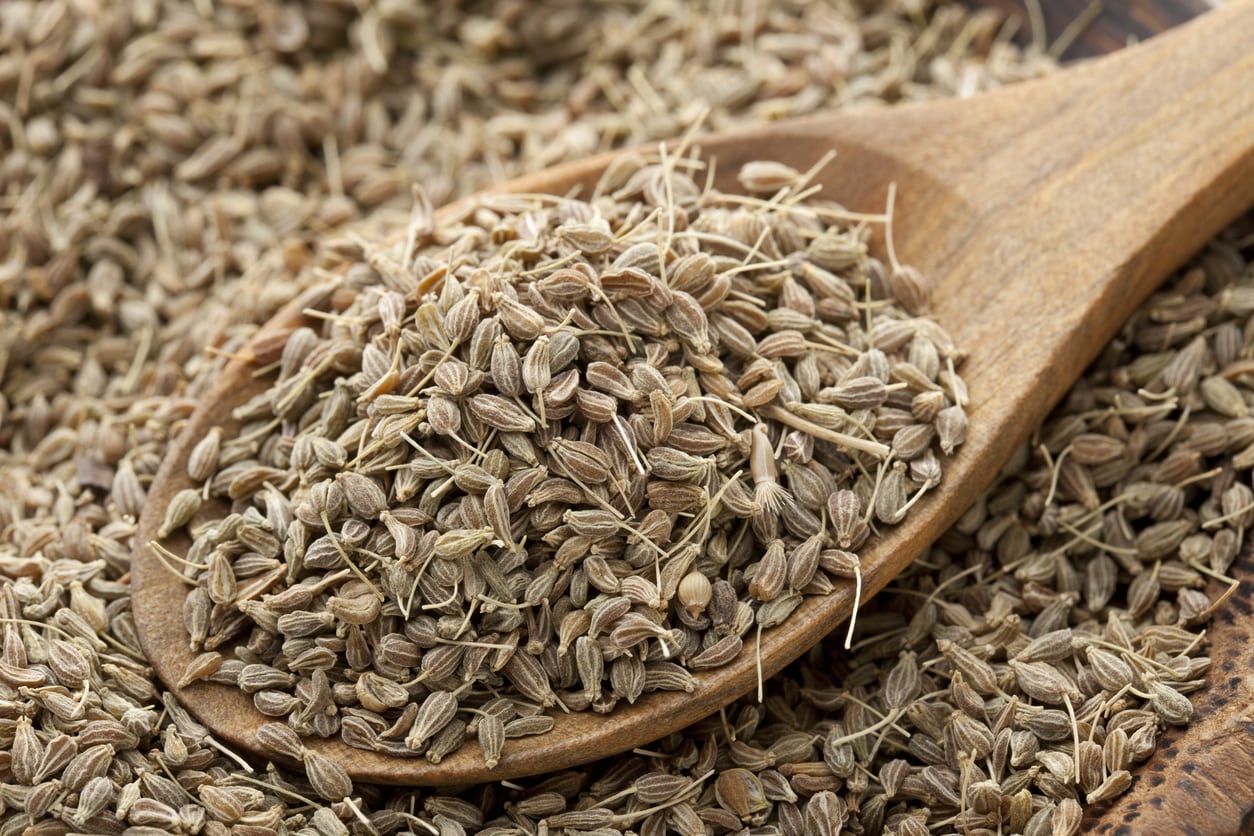 Medicinal Anise Plants – How Is Anise Good For You
Medicinal Anise Plants – How Is Anise Good For YouAnise is a pretty perennial herb, but it can do more for you than add visual interest to your garden. Growing medicinal anise plants and harvesting the seeds means you can add this natural, herbal remedy to both your kitchen and your medicine cabinet. Learn more in this article.
By Mary Ellen Ellis
-
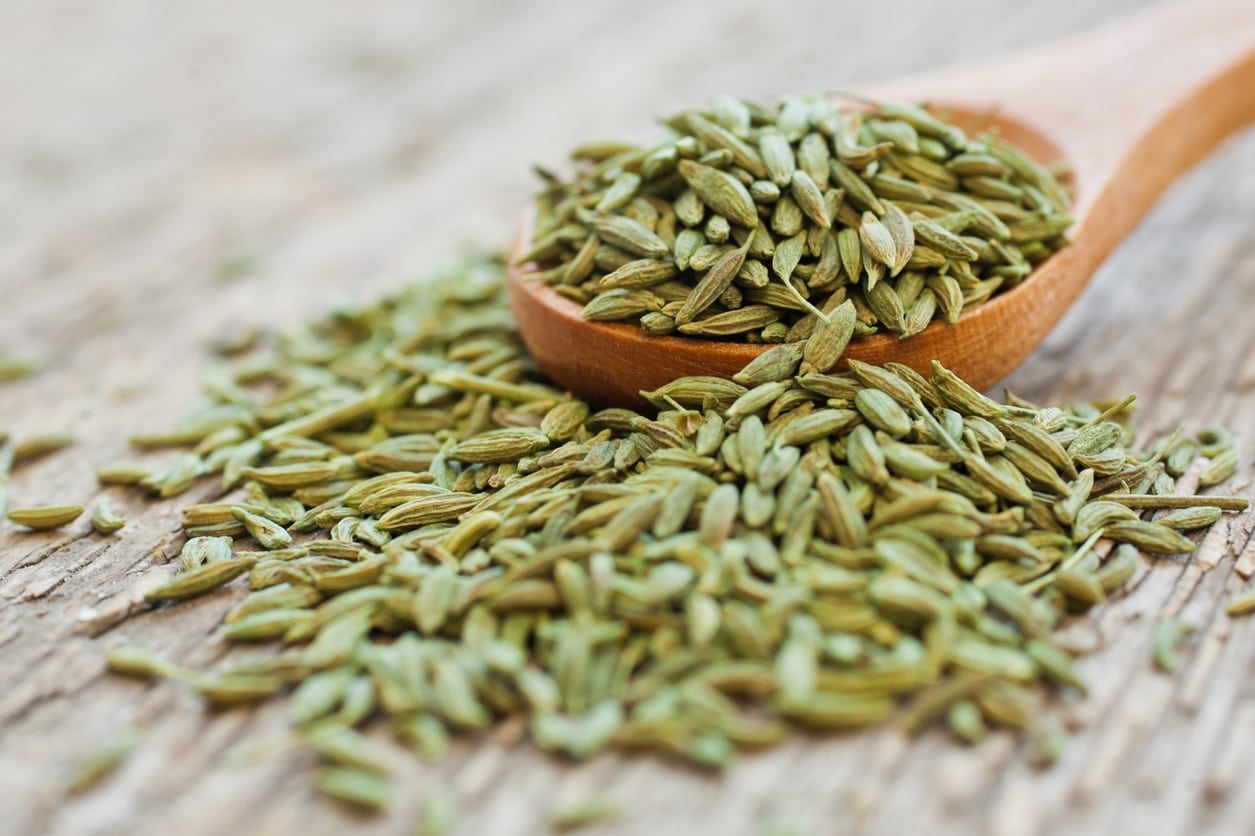 Fennel Vs Anise: What’s The Difference Between Anise And Fennel
Fennel Vs Anise: What’s The Difference Between Anise And FennelIf you’re a cook who loves the flavor of black licorice, you no doubt commonly use fennel and/or anise seed in your culinary masterpieces. Many cooks use them interchangeably. But are anise and fennel the same? Find out more in this article.
By Amy Grant
-
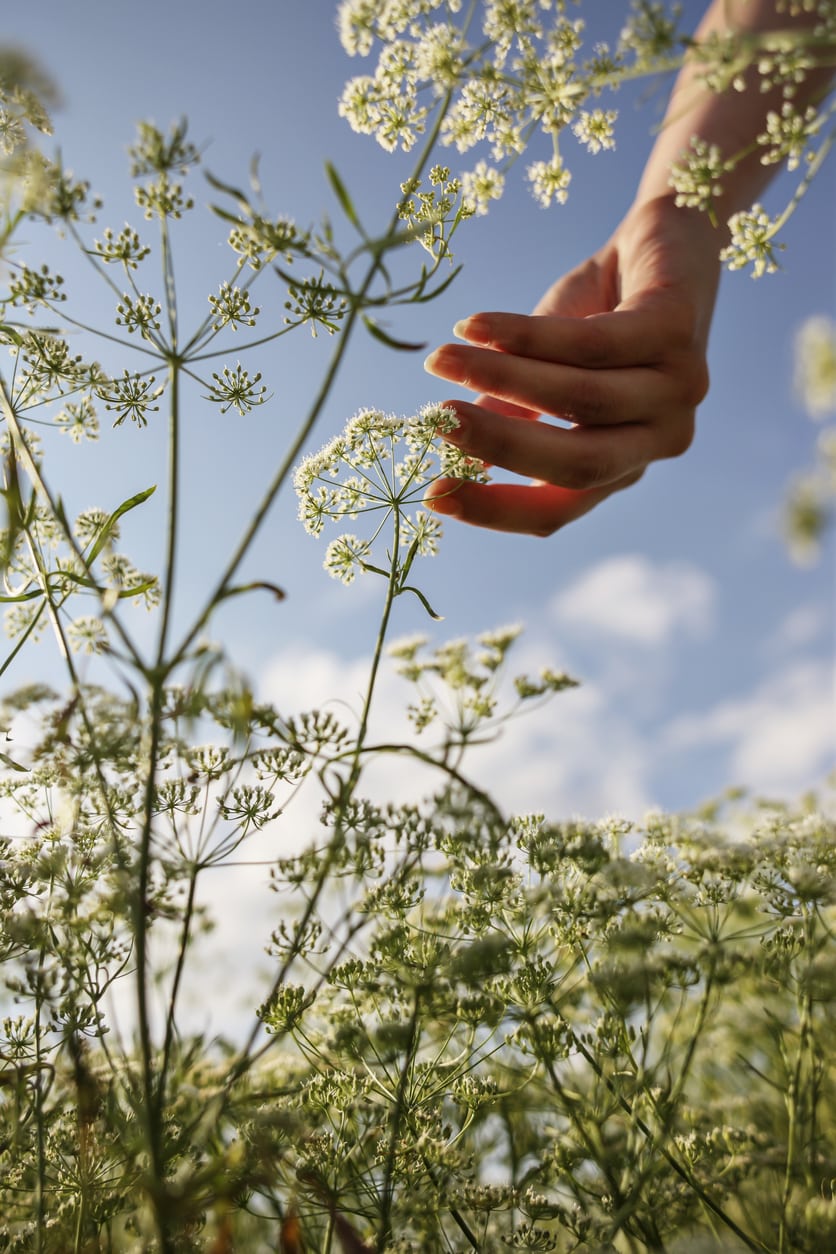 Propagating Anise Herbs: How to Propagate Anise Plants
Propagating Anise Herbs: How to Propagate Anise PlantsVariety is the spice of life, so it is said. Growing new anise plants will help spice up the ho-hum herb garden while giving dinner a surprising new zip. The question is, how is anise propagated? Click here for information on propagating anise herbs.
By Amy Grant
-
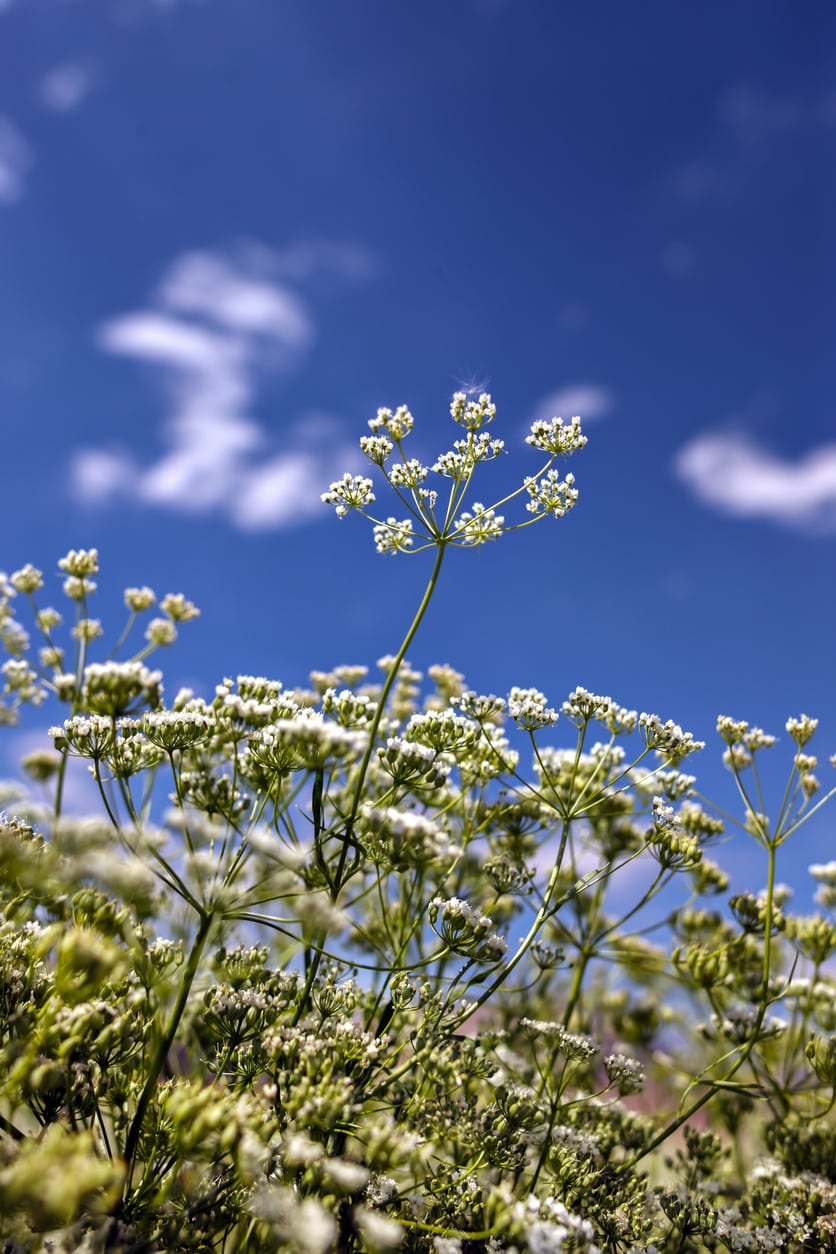 Does Anise Repel Bugs: Information On Natural Anise Pest Control
Does Anise Repel Bugs: Information On Natural Anise Pest ControlCompanion planting with anise attracts certain beneficial insects, and the pest-repellent properties may even protect veggies growing nearby. Click here to learn more about anise pest control and how you can easily grow this beautiful, useful plant.
By Mary H. Dyer